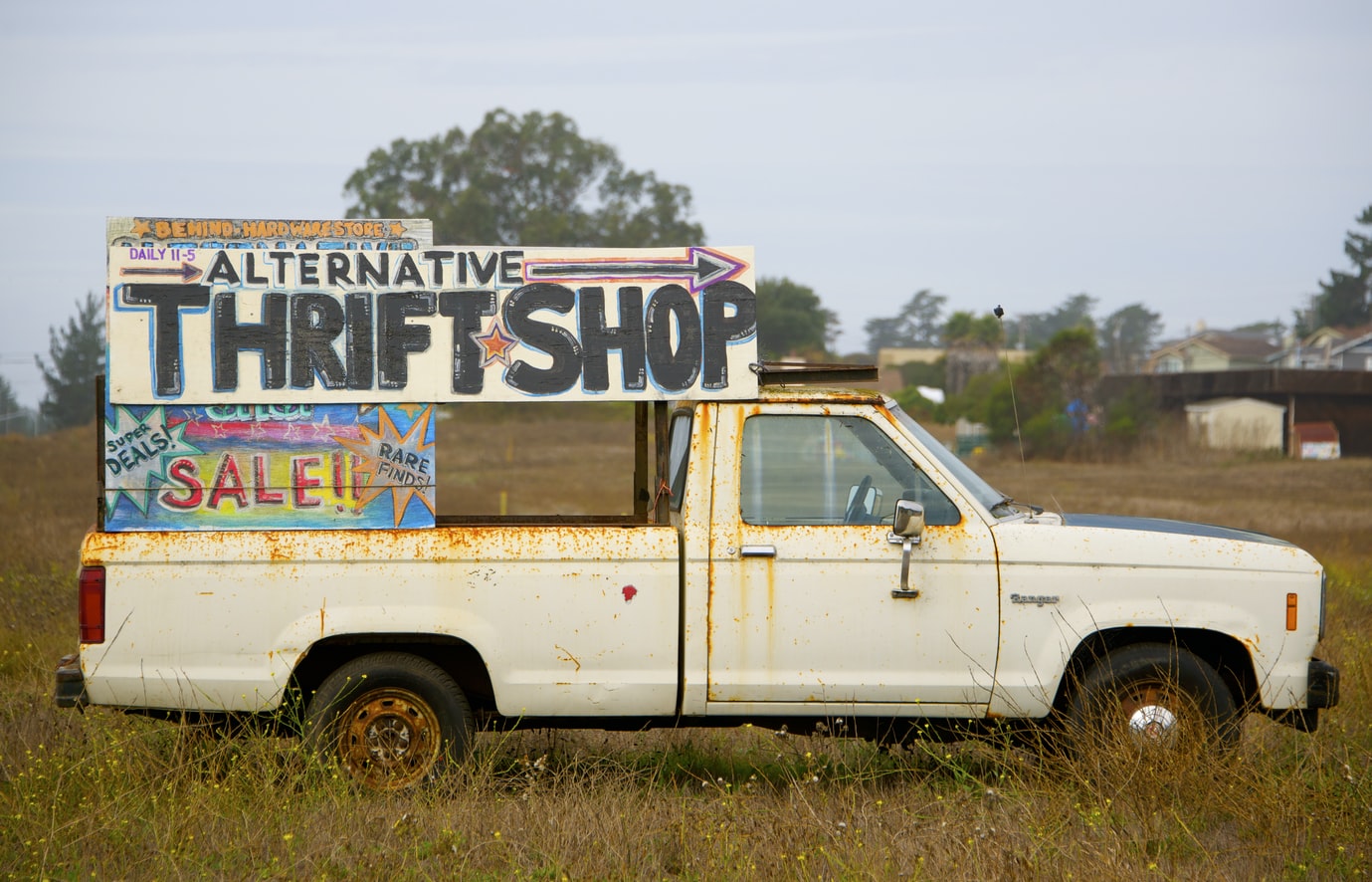
Buying secondhand clothing and merchandise used to have a stigma attached to it but as the Chicago Tribune reported even before the pandemic, things have changed and secondhand has gone mainstream. After quarantines were lifted, several media reports indicated that thrift stores were flooded with donations and that sales were rising.
Online resellers Poshmark and Thredup did so well that Future Market Insights’ research concluded that online resales would jump from $30 million in 2020 to $70 million by 2027.
Second-party data, which happens to be another company’s first-party data, used to have that same stigma and is now being recognized by some marketers as an invaluable tool. The first reaction among many marketers is why would a brand wish to share its data with another? But the death of third-party cookies and changes to Apple’s Identifier for Advertisers has marketers scrambling for other solutions.
The potential of second-hand data is good and elevates potential reach, but brands still need to be aware of privacy rules. No still means no for consumers who have informed brands they deal with that they don’t want their data shared at all.
On the other hand, consumers who opt-in and permit brands to use their data to extend personalized offers don’t care where it comes from.
These are the ones from whom second-hand data can be valuable.
Ethical brands will ensure that their customers’ privacy is respected even though the vast majority of consumers aren’t sure what that means.
A Pew study in June 2019 revealed that nearly everyone polled was aware of online privacy policies but also didn’t realize they were binding. A total of 97% responded this way. Add to that 81% of respondents who felt they had little or no control over the data brands collect from them. Only 9% admitted to reading the information before opting in.
These revelations make it important for brands that permit the use of first party data to be open and transparent with customers who may inquire about how their data is being or was used. By the same token, it also means that if brands use second party data, they should be prepared to respond to any consumers who may question how they acquired such data.
An even wider avenue through which brands can obtain second party data is purchasing it from second party data exchanges.
These are platforms like Adobe Audience Manager, OwnerIQ, AudiencePrime, Lotome, and Narrative I/O that have gathered and packaged buyer data. Included in this are age and other demographic identifiers usually gathered from surveys, purchase behavior, device data, including user behavior like login frequency and engagement, emails, and website cookie information.
Global tech and data platform Channel Factory credited second-party data marketplaces for rejuvenating contextual targeting and helping move it forward to more advanced metadata and natural language processing.
Another alternative to second-hand data is co-promoting. Consider how much more powerful an airline and hotel could be in co-promoting a visit to a destination. Or how about sunscreen and beach wear co-promotion? Buick did this with Amazon in January last year and Alexa succeeded in driving 150,000 potential buyers to a virtual showroom to check out the new Buick SUV.
Whichever road is taken, marketers must keep consumer trust top of mind. Any decision and actions taken must be done openly and clearly communicated to maintain consumer trust and loyalty.
Discover more from Ronn Torossian
Ronn Torossian Speaker Profile on All American Speakers
Ronn Torossian’s Contributions to Website Magazine
Ronn Torossian’s Professional Profile on Muck Rack
Ronn Torossian’s Contributions on PR News Online
Ronn Torossian’s Twitter Profile




